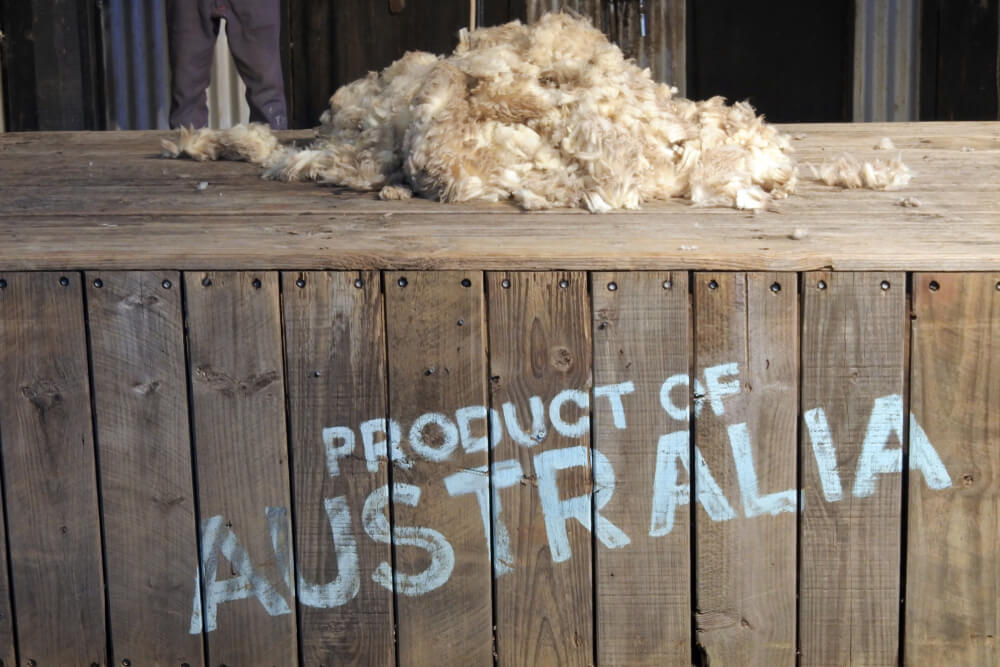Wool prices in Australia, the world’s dominant exporter, are declining. It was after Chinese mills shut their order books, with buyers mentioning an escalation in the U.S.-Sino trade war.
On Wednesday, some wool grade prices dropped to 7 percent at one of the country’s main auctions, the sale in the Sydney suburb of Yennora.
According to traders in a news report, those were the same grades.
A week ago, the Chinese garment-makers also plunged by double-digits.
A trader at Australian Merino Exports, Scott Sealy said, “last week fell heavily, and it certainly will continue this week; there’s just no confidence and no business.”
Scott Sealy also exports large quantities to China.
Another sign of the Sino-U.S. trade war is the price action dropping over to third parties such as Australia.
Australia controls 90 percent of global fine-wool exports.
Demand, once driven by Italian garment makers, now likely to be set by Chinese wool mills.
According to government figure, it is the one which took about two-thirds of the industry’s A$3.2 billion ($2.2 billion) in exports last financial year.
This week’s official wool price results won’t be identified, not until results from all major selling centers are in before the end of the week.
Meanwhile, Australian merino wool’s benchmark price was already down more than 20% from last year’s high of $21.16/kg coming into this week’s auctions.
Disappointment on Prices
On Wednesday, wool brokers at the Sydney auction were visibly puzzled by the bidding. More than a third of wool bales were passed in, incapable of meeting reserve prices.
There were also loud groans from farmers sitting in the public viewing area.
These people are the ones who have been relying on income produced from fleeces to survive the country’s devastating scarcity.
Peter Rookyard, a wool buyer, who has clients in China, pointed global events.
Rookyard stated, “this is a different situation that we’re in now, our markets are impacted by an external force which is America versus China, and we can’t solve that problem.”
He also added, “what’s happening is their stock is not moving out of China. The domestic market is probably reasonable in China, but export has just come to a grinding halt.”
Lastly, “they’ve got stock of greasy wool, wool tops, wool products, and they’re going nowhere.”
Wool prices were an immediate casualty to the sudden end of a trade truce.
Early this month, after U.S. President Donald Trump, announced the additional tariffs on Chinese imports the prices were triggered.
On August 1, the latest round of U.S. tariffs on Chinese imports proclaimed it would capture clothing and shoes, although the 10% tariff has been overdue until December 15.
The price action has still caught many by shock. Given the wool production is at record lows, and supply tight, due to the long-running Australian deficiency.
Last year, after hitting record-high prices, wool demand had toughened before stabilizing mid-year.
An industry veteran and the chief auctioneer at Macdonald & Co Woolbrokers, Ian Sharp said, “we didn’t know it was as bad as this.”
In addition, “China is a very, very important component in our business, and if China is out, the market is very sick.”
















